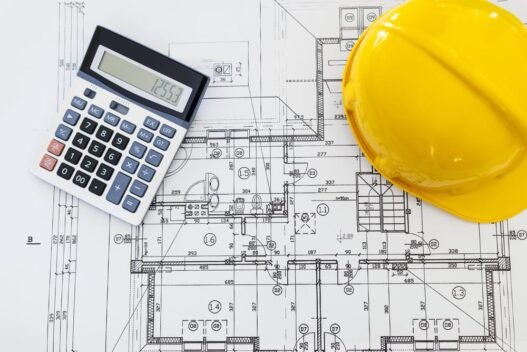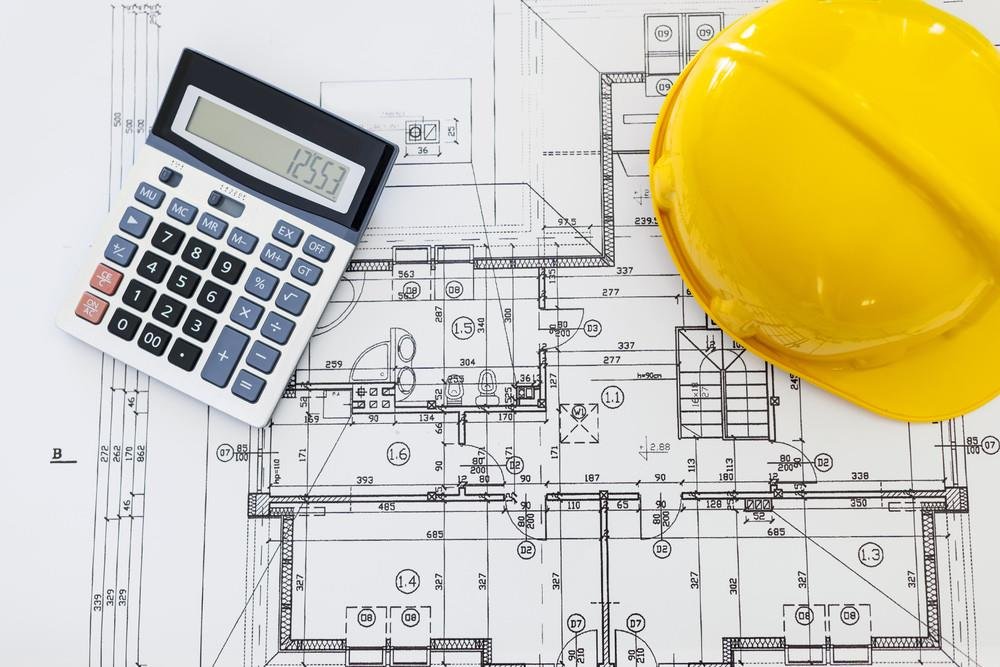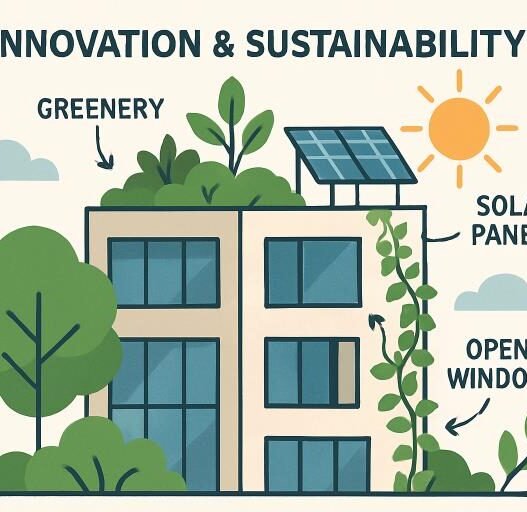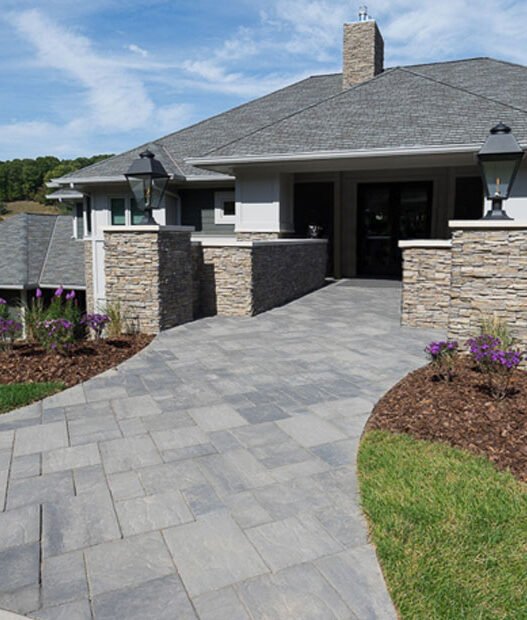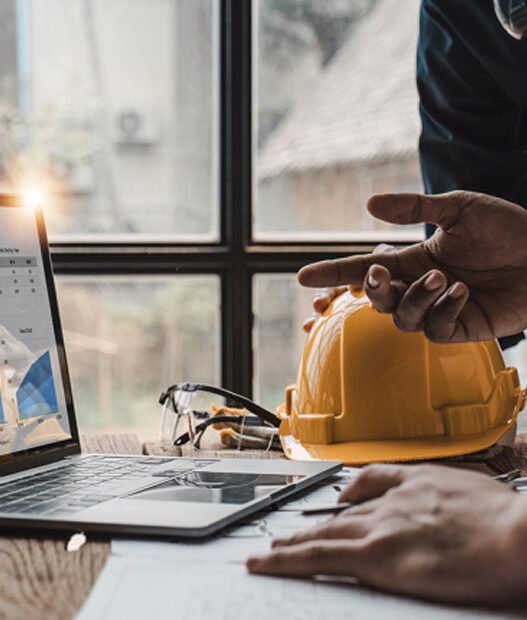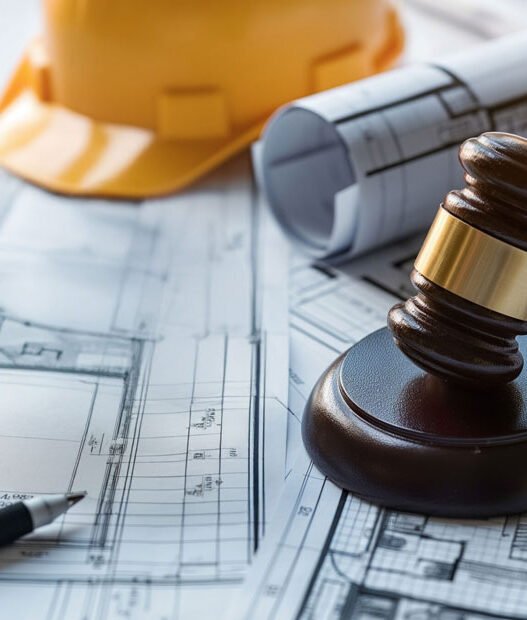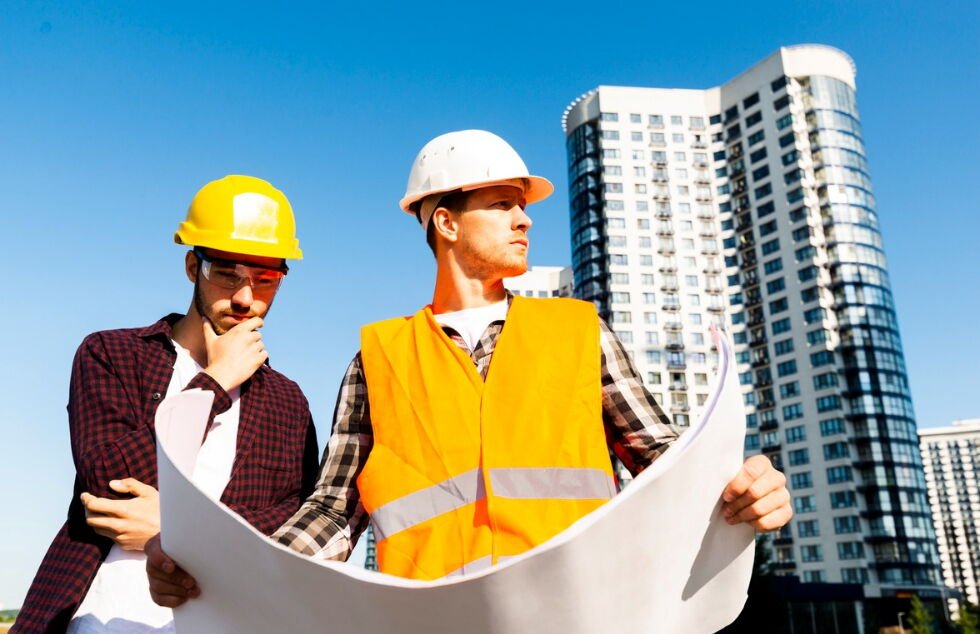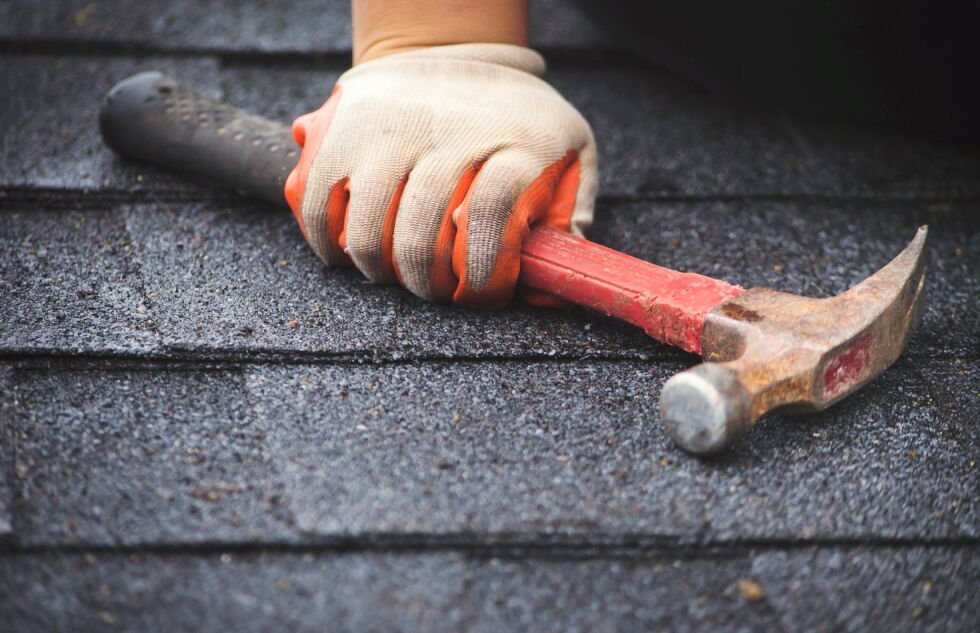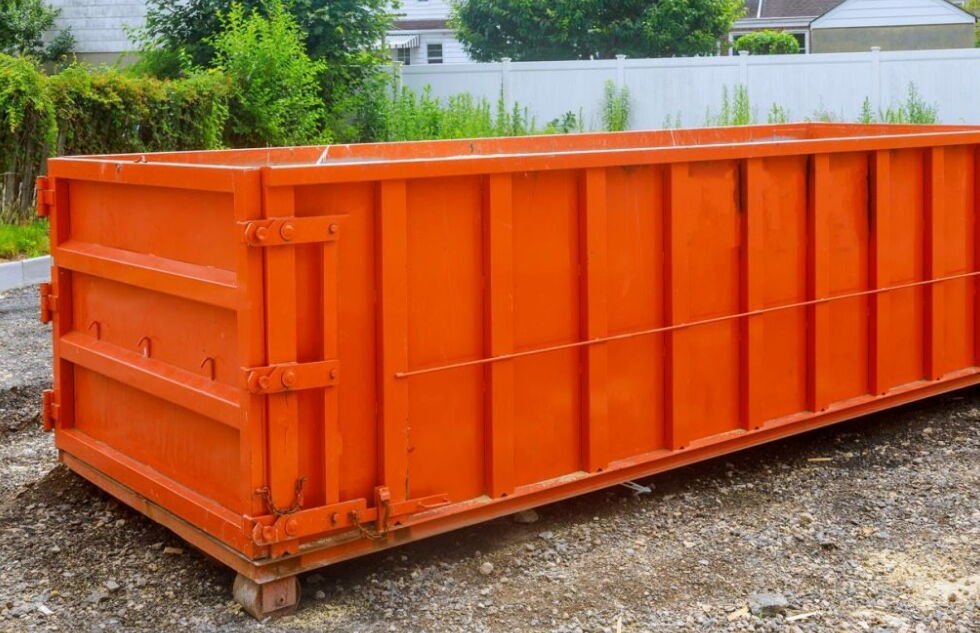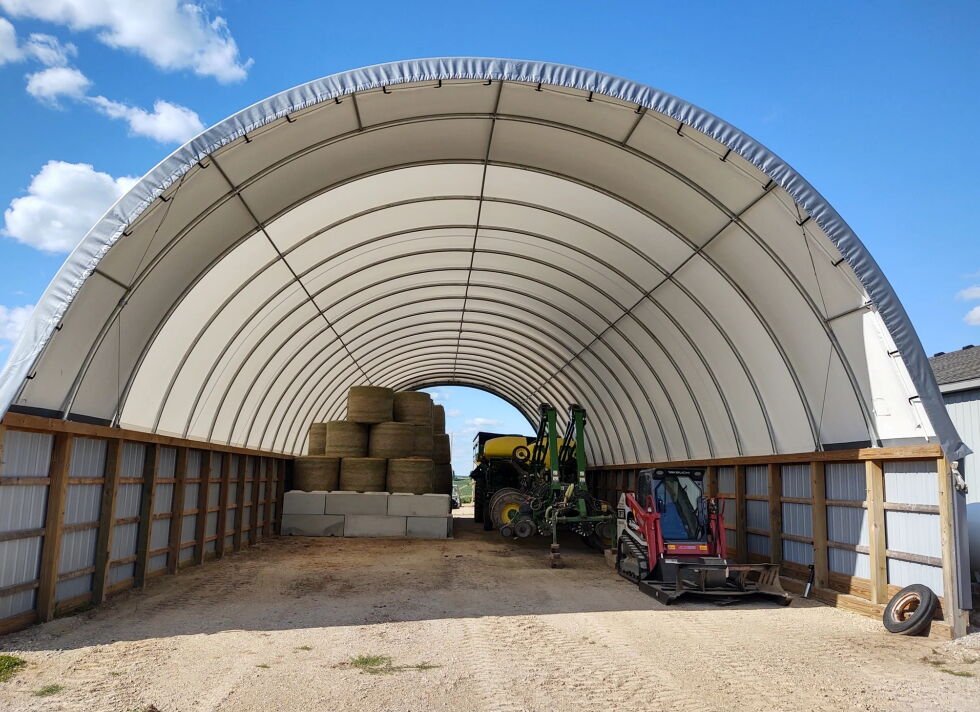In recent years, the construction industry has witnessed a transformative shift towards sustainability. Amid growing concerns about the environment, green building practices have emerged as a crucial component in reducing the ecological impact of construction activities. This article explores the rise of these eco-friendly practices, shedding light on their significance in a world increasingly mindful of its carbon footprint.
Embracing Sustainable Technology
One of the notable advancements in construction is the adoption of sustainable technology. This includes the use of energy-efficient materials that help regulate building temperatures, thereby reducing energy consumption. In addition, smart building systems that optimize power usage are becoming widespread, illustrating the industry’s commitment to minimize environmental impact.
Heavy machinery typically represents a significant portion of carbon emissions in the construction sector. According to WebFX, opting for heavy equipment rentals can decrease the total carbon emissions associated with construction machinery by 30-50%. This shift with construction machines not only benefits the environment but also often results in cost savings, promoting an economically sustainable model.
Moreover, companies are investing in renewable energy sources such as solar and wind to power their construction sites. This integration further reduces reliance on fossil fuels, demonstrating a considerable stride in embracing green energy solutions. By incorporating these technologies, construction firms are not only minimizing their environmental impact but also lowering operational costs and improving long-term project efficiency. Consequently, these sustainable innovations are redefining the standards in the construction industry.
Green Buildings and the New Housing Boom
The construction of green buildings is burgeoning alongside a new housing boom. In 2024 alone, it is estimated that 1.6 million new homes were constructed, according to Construction Coverage. Many of these dwellings will incorporate advanced eco-friendly design principles, indicating a shift in consumer preference towards sustainable living spaces.
These green homes integrate features such as improved insulation, energy-efficient windows, and eco-friendly roofing materials. Such design choices contribute significantly to reducing energy consumption and greenhouse gas emissions over the lifetime of each building. Homebuyers are increasingly demanding these features, recognizing their long-term environmental and cost benefits.
Furthermore, developers are incorporating sustainable landscaping practices that use native vegetation and rainwater harvesting systems. This not only conserves water—a precious resource—but also supports local ecosystems and biodiversity. The move towards eco-friendly residential construction marks a pivotal change in addressing the challenges of urbanization and climate change.
Rethinking Demolition and Waste Management
An integral aspect of green building practices is the rethinking of demolition and waste management in construction. According to Resource Central, every year, between 200,000 and 300,000 buildings are dismantled, often resulting in an immense amount of waste. By implementing demolition procedures that prioritize recycling and material recovery, the construction industry can significantly reduce landfill contributions.
Recycling materials like concrete, metal, and timber from demolished structures reduces the need for new resources and decreases carbon emissions from manufacturing. In addition, innovative waste management strategies, including on-site sorting and reuse, are gaining traction. These practices are essential in decreasing the overall environmental impact of construction activities.
Furthermore, construction companies are increasingly using prefabricated components that minimize waste by optimizing material use. These components can be efficiently transported and assembled on-site, reducing both waste and energy usage. As awareness grows, the adoption of waste-reducing strategies continues to expand, heralding a new era in sustainable construction.
The rise of green building practices in the construction industry signals a vital shift towards sustainability. By embracing new technologies, re-evaluating traditional methods, and responding to consumer demand, the industry is making strides in reducing its environmental impact. As we look to the future, the continued evolution of sustainable practices promises to reshape construction for the better, paving the way for a more eco-conscious and sustainable world.


